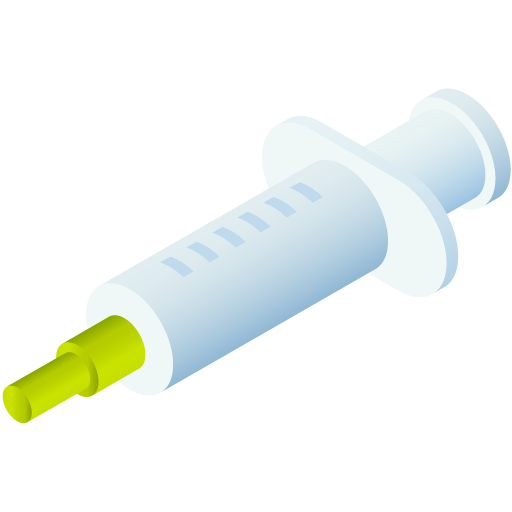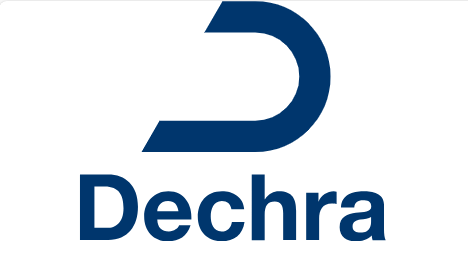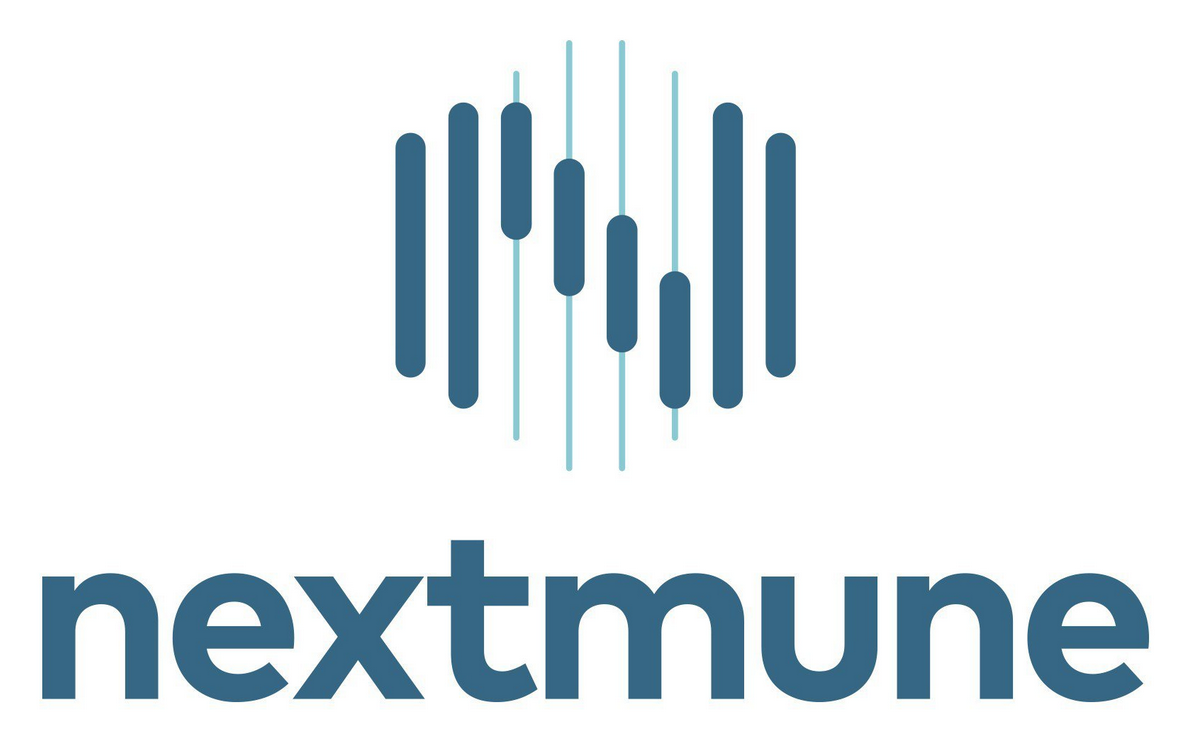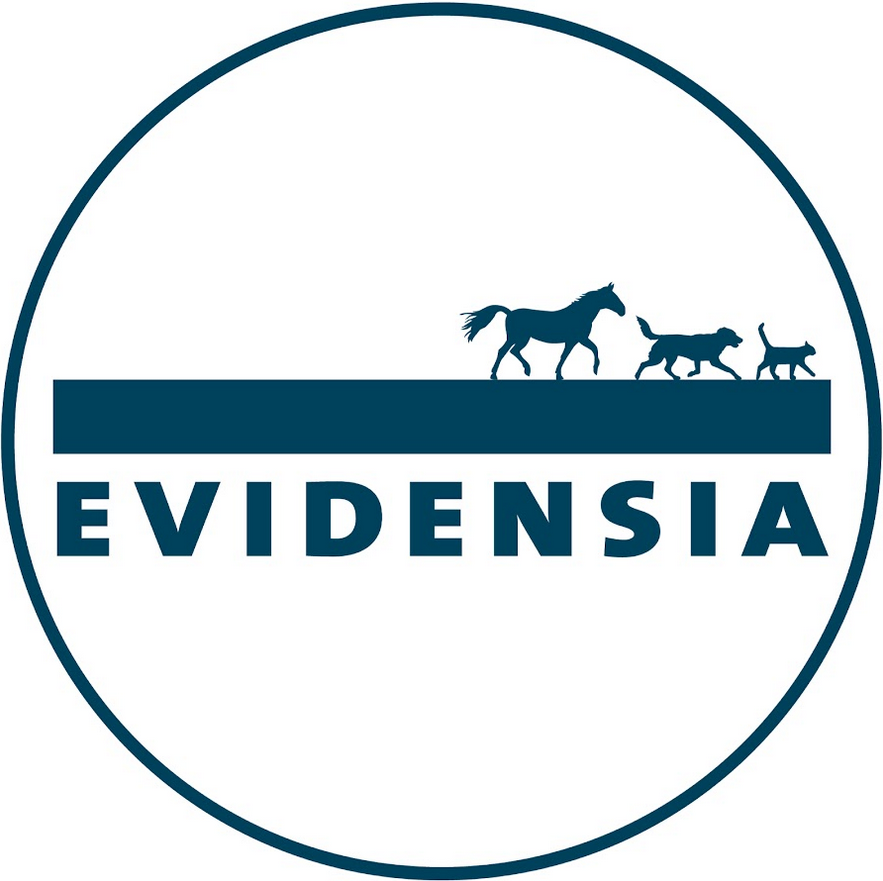Combination therapy
No results were found for your selected species
Equest
Active substance
ATC code
Species
Horses and ponies.
Indications
The veterinary medicinal product is indicated for treatment of infections caused by moxidectin sensitive strains of:
- Large strongyles:
. Strongylus vulgaris (adults and arterial stages)
. Strongylus edentatus (adults and visceral stages)
. Triodontophorus brevicauda (adults)
. Triodontophorus serratus (adults)
. Triodontophorus tenuicollis (adults)
- Small strongyles (adults and intraluminal larval stages):
. Cyathostomum spp.
. Cylicocyclus spp.
. Cylicostephanus spp.
. Cylicodontophorus spp.
. Gyalocephalus spp.
- Ascarids:
. Parascaris equorum (adult and larval stages)
- Other species:
. Oxyuris equi (adult and larval stages)
. Habronema muscae (adults)
. Gasterophilus intestinalis (L2, L3)
. Gasterophilus nasalis (L2, L3)
. Strongyloides westeri (adults)
. Trichostrongylus axei
The veterinary medicinal product has a persistent efficacy of two weeks against small strongyles. The excretion of small strongyles eggs is suppressed for 90 days.
The veterinary medicinal product is effective against (developing) intramucosal L4 stages of small strongyles. At 8 weeks after treatment, early (hypobiotic) EL3 stages of small strongyles are eliminated.
Dose to be administered and administration route
Oral use.
Single administration of 400 µg moxidectin/kg bodyweight using the calibrated syringe.
Each syringe treats a 700 kg horse.
Bodyweight and dosage should be accurately determined prior to treatment.
Underdosing could result in ineffective use and may favour resistance development. Use of a scale or weight tape is recommended to ensure accurate dosing.
Dosing instructions
Before the first dose, hold the syringe with the capped end pointing to the left and so that you can see the weight measurements and tick marks (small black lines). Set the syringe to zero by moving the dial ring so the left side is set at the first full black mark and depress the plunger, safely discarding any paste that is expelled.
To dose the product, hold the syringe as previously described. Each tick mark relates to 25 kg of bodyweight and to 10 mg moxidectin. Turn the dial ring until the left side of the ring lines up with the weight of the animal.
Adverse reactions
Horses and ponies:
|
Very rare (<1 animal / 10,000 animals treated, including isolated reports): |
Abdominal pain1 Swollen muzzle1 Ataxia1, muscle tremor1, droopy lower lip1 Depression1 |
1 In young animals. These adverse effects are usually transient and disappear spontaneously in most cases.
Reporting adverse events is important. It allows continuous safety monitoring of a veterinary medicinal product. Reports should be sent, preferably via a veterinarian, to either the marketing authorisation holder or the national competent authority via the national reporting system. See the package leaflet for respective contact details.
Dispensing
POM-VPS - Prescription Only Medicine – Veterinarian, Pharmacist, SQPSUMMARY OF PRODUCT CHARACTERISTICS
1. NAME OF THE VETERINARY MEDICINAL PRODUCT
Equest Oral Gel, 18,92 mg/g, oral gel for horses and ponies
2. QUALITATIVE AND QUANTITATIVE COMPOSITION
Each g contains:
Active substance:
|
Moxidectin Excipients qsp: |
18.92 mg |
|
Benzyl Alcohol (E1519) |
37.84 mg |
|
Disodium Edetate |
0.24 mg |
|
Butylhydroxytoluene |
0.114 mg |
For a full list of excipients, see section 6.1.
3. PHARMACEUTICAL FORM
Oral Gel.
Yellow Gel.
4. CLINICAL PARTICULARS
4.1 Target species
Horses and ponies.
4.2 Indications for use, specifying the target species
The veterinary medicinal product is indicated for treatment of infections caused by moxidectin sensitive strains of:
- Large strongyles:
. Strongylus vulgaris (adults and arterial stages)
. Strongylus edentatus (adults and visceral stages)
. Triodontophorus brevicauda (adults)
. Triodontophorus serratus (adults)
. Triodontophorus tenuicollis (adults)
- Small strongyles (adults and intraluminal larval stages):
. Cyathostomum spp.
. Cylicocyclus spp.
. Cylicostephanus spp.
. Cylicodontophorus spp.
. Gyalocephalus spp.
- Ascarids:
. Parascaris equorum (adult and larval stages)
- Other species:
. Oxyuris equi (adult and larval stages)
. Habronema muscae (adults)
. Gasterophilus intestinalis (L2, L3)
. Gasterophilus nasalis (L2, L3)
. Strongyloides westeri (adults)
. Trichostrongylus axei
The veterinary medicinal product has a persistent efficacy of two weeks against small strongyles. The excretion of small strongyles eggs is suppressed for 90 days.
The veterinary medicinal product is effective against (developing) intramucosal L4 stages of small strongyles. At 8 weeks after treatment, early (hypobiotic) EL3 stages of small strongyles are eliminated.
4.3 Contraindications
Do not administer to young foals less than 4 months.
Do not administer in case of known hypersensitivity to the active ingredient or to any other milbemycins and to any other ingredients of the veterinary medicinal product.
4.4 Special warnings for each target species
None.
4.5 Special precautions for use
Special precautions for use in animals
To avoid overdosing, care should be taken to accurately dose foals, especially low body weight foals or pony foals.
Do not use the same syringe to treat more than one animal unless horses are running together or in direct contact with each other in the same premises. Equest has been formulated specifically for use in horses only. Dogs or cats may be adversely affected by the concentration of moxidectin in this veterinary medicinal product if they are allowed to ingest spilled paste or have access to used syringes. Neurological signs (such as ataxia, muscle tremor and convulsions) and digestive clinical signs (such as hypersalivation) were recorded.
Special precautions to be taken by the person administering the veterinary medicinal product to animals
Avoid direct contact with skin and eyes.
The use of protective gloves is recommended.
Wash hands or any exposed area after use.
Do not smoke, drink or eat while handling the veterinary medicinal product. In the event of eye contact, flush the eye with copious amounts of clean water and seek medical advice.
Other precautions regarding impact on the environment
Moxidectin fulfils the criteria for a (very) persistent, bioaccumulative and toxic (PBT) substance; therefore, exposure of the environment to moxidectin must be limited to the extent possible. Treatments should be administered only when necessary and should be based on faecal egg counts or evaluation of the risk of infestation at the animal and/or herd level. In order to reduce the emission of moxidectin to surface water and based on the excretion profile of moxidectin when administered as the oral formulation to horses, treated animals should not have access to watercourses during the first week after treatment.
Like other macrocyclic lactones, moxidectin has the potential to adversely affect nontarget organisms:
• Faeces containing moxidectin excreted onto pasture by treated animals may temporarily reduce the abundance of dung feeding organisms. Following treatment of horses with the product, levels of moxidectin that are potentially toxic to dung beetles and flies may be excreted over a period of more than 1 week and may decrease dung fauna abundance.
• Moxidectin is inherently toxic to aquatic organisms including fish. The product should be used only according to the label instructions.
4.6 Adverse reactions (frequency and seriousness)
Ataxia, depression, abdominal pain, muscle tremor, flaccid lower lip and swelling of the muzzle could be observed on very rare occasions in young animals. These adverse effects are usually transient and disappear spontaneously in most cases.
The frequency of adverse reactions is defined using the following convention:
- very common (more than 1 in 10 animals treated displaying adverse reaction(s))
- common (more than 1 but less than 10 animals in 100 animals treated)
- uncommon (more than 1 but less than 10 animals in 1,000 animals treated)
- rare (more than 1 but less than 10 animals in 10,000 animals treated)
- very rare (less than 1 animal in 10,000 animals treated, including isolated reports).
4.7 Use during pregnancy, lactation or lay
The veterinary medicinal product has been shown to be safe for use in pregnant and lactating mares.
4.8 Interaction with other medicinal products and other forms of interaction
None known.
4.9 Amounts to be administered and administration route
A single oral dose of 400 µg moxidectin/kg bodyweight using the calibrated syringe. Before the first dose, hold the syringe with the capped end pointing to the left and so that you can see the weight measurements and tick marks (small black lines). Set the syringe to zero by moving the dial ring so the left side is set at the first full black mark and depress the plunger, safely discarding any paste that is expelled.
To dose the product, hold the syringe as previously described. Each tick mark relates to 25 kg of body weight and to 10mg moxidectin. Turn the dial ring until the left side of the ring lines up with the weight of the animal.
Use of a scale or weight tape is recommended to ensure accurate dosing.
A single syringe treats a 700 kg horse.
4.10 Overdose (symptoms, emergency procedures, antidotes), if necessary
Adverse reactions may occur at 2 times the recommended dose in foals and 3 times the recommended dose in adults. The symptoms are depression, inappetance, ataxia and flaccid lower lip in the 8 to 24 hours following treatment. Symptoms of moxidectin overdose are the same as those observed in very rare occasions at the recommended dosage. In addition, hypothermia and lack of appetite may occur. There is no specific antidote.
4.11 Withdrawal period(s)
Meat and offal: 32 days
5. PHARMACOLOGICAL PROPERTIES
Pharmacotherapeutic group: Endectocides (milbemycins)
ATCvet code: QP54AB02
5.1 Pharmacodynamic properties
Moxidectin is a parasiticide active against a wide range of internal and external parasites and is a second generation macrocyclic lactone of the milbemycin family. Moxidectin interacts with GABA and glutamate gated chloride channels. The net effect is to open the chloride channels on the postsynaptic junction to allow the inflow of chloride ions and induce an irreversible resting state. This results in flaccid paralysis and eventual death of parasites exposed to the drug.
The veterinary medicinal product is effective against benzimidazole resistant strains of cyathostomes.
5.2 Pharmacokinetic properties
Moxidectin is absorbed following oral administration with maximum blood concentrations being achieved 8 hours post application.
Bioavailability by the oral route is 40%. The drug is distributed throughout the body tissues but due to its lipophilicity it is selectively concentrated in the fat.
The elimination half life is 28 days.
Moxidectin undergoes partial biotransformation by hydroxylation in the body and the only significant route of excretion is the faeces.
5.3 Environmental properties
Moxidectin fulfils the criteria for a (very) persistent, bioaccumulative and toxic (PBT) substance. In particular, in acute and chronic toxicity studies with algae, crustaceans and fish, moxidectin showed toxicity to these organisms, yielding the following endpoints:
|
Organism |
EC50 |
NOEC |
|
|
Algae |
S. capricornutum |
>86.9 μg/l |
86.9 μg/l |
|
Crustaceans (Water fleas) |
Daphnia magna (acute) |
0.0302 μg/l |
0.011 μg/l |
|
Daphnia magna (reproduction) |
0.0031 μg/l |
0.010 μg/l |
|
|
Fish |
O. mykiss |
0.160 μg/l |
Not determined |
|
L. macrochirus |
0.620 μg/l |
0.52 μg/l |
|
|
P. promelas (early life stages) |
Not applicable |
0.0032 μg/l |
|
|
|
Cyprinus carpio |
0.11 μg/l |
Not determined |
EC50: the concentration which results in 50% of the test species individuals being adversely affected, i.e. both mortality and sub-lethal effects.
NOEC: the concentration in the study at which no effects are observed.
This implies that when allowing moxidectin to enter water bodies, this may have a severe and lasting impact on aquatic life. To mitigate this risk, all precautions for use and disposal must be adhered to.
6. PHARMACEUTICAL PARTICULARS
6.1 List of excipients
Benzyl alcohol (E1519)
Disodium edetate
Butylhydroxytoluene
Poloxamer 407
Simethicone
Disodium phosphate dodecahydrate
Sodium dihydrogen phosphate dihydrate
Propylene glycol Polysorbate 80 Water.
6.2 Major incompatibilities
None known.
6.3 Shelf life
Shelf-life of the veterinary medicinal product as packaged for sale: 2 years Shelf-life after first opening the immediate packaging: 6 months.
6.4 Special precautions for storage
Store below 25 °C
6.5 Nature and content of immediate packaging
High density polyethylene syringe containing 14,8 g of gel with a graduated plunger with a low density polyethylene piston and cap packed as follows:
- Box containing one syringe.
- Box containing 10 individually boxed syringes. • Box containing 20 syringes.
Not all pack sizes may be marketed.
6.6 Special precautions for the disposal of unused veterinary medicinal product or waste materials derived from the use of such products
Any unused veterinary medicinal product or waste material derived from such veterinary medicinal products should be disposed of in accordance with local requirements. Do not contaminate watercourses with the product. The product is toxic for fish and aquatic organisms.
7. MARKETING AUTHORISATION HOLDER
Zoetis UK Limited
1st Floor, Birchwood Building
Springfield Drive
Leatherhead
Surrey
KT22 7LP
8. MARKETING AUTHORISATION NUMBER
Vm 42058/4057
9. DATE OF FIRST AUTHORISATION
15 January 1999
10. DATE OF REVISION OF THE TEXT
May 2023

Approved: 26 May 2023
 TRUSTED SOURCE
TRUSTED SOURCE









